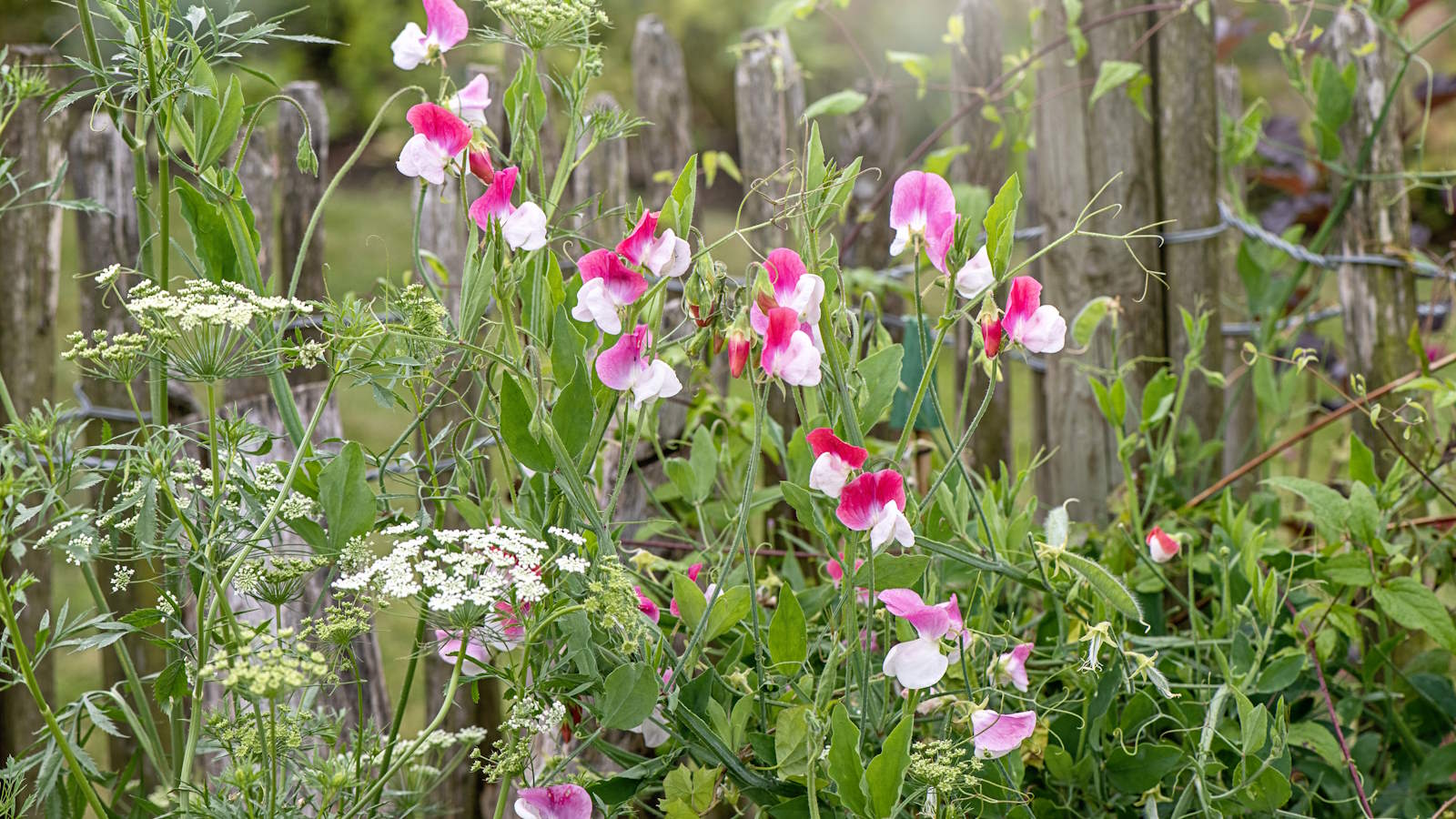
There is a great range of flowers to sow in March to give you fantastic displays of blooms come those warmer days of summer. Annuals, biennials, and perennials can all be started from seed this month.
You can start some of the most popular flowers from seed in March indoors and, if you get the timing right, it should mean that you have healthy young plants ready to put outside into beds, borders, and pots when the frosts have passed.
I grew a lot of different flowers from seed in the gardens I worked in every year, both for stunning displays and to pick for cut flowers. If you are looking for inspiration for what to plant in March, we take a close look at seven fantastic flowers that you can sow, and pass on some top tips for how and when to sow the seeds.
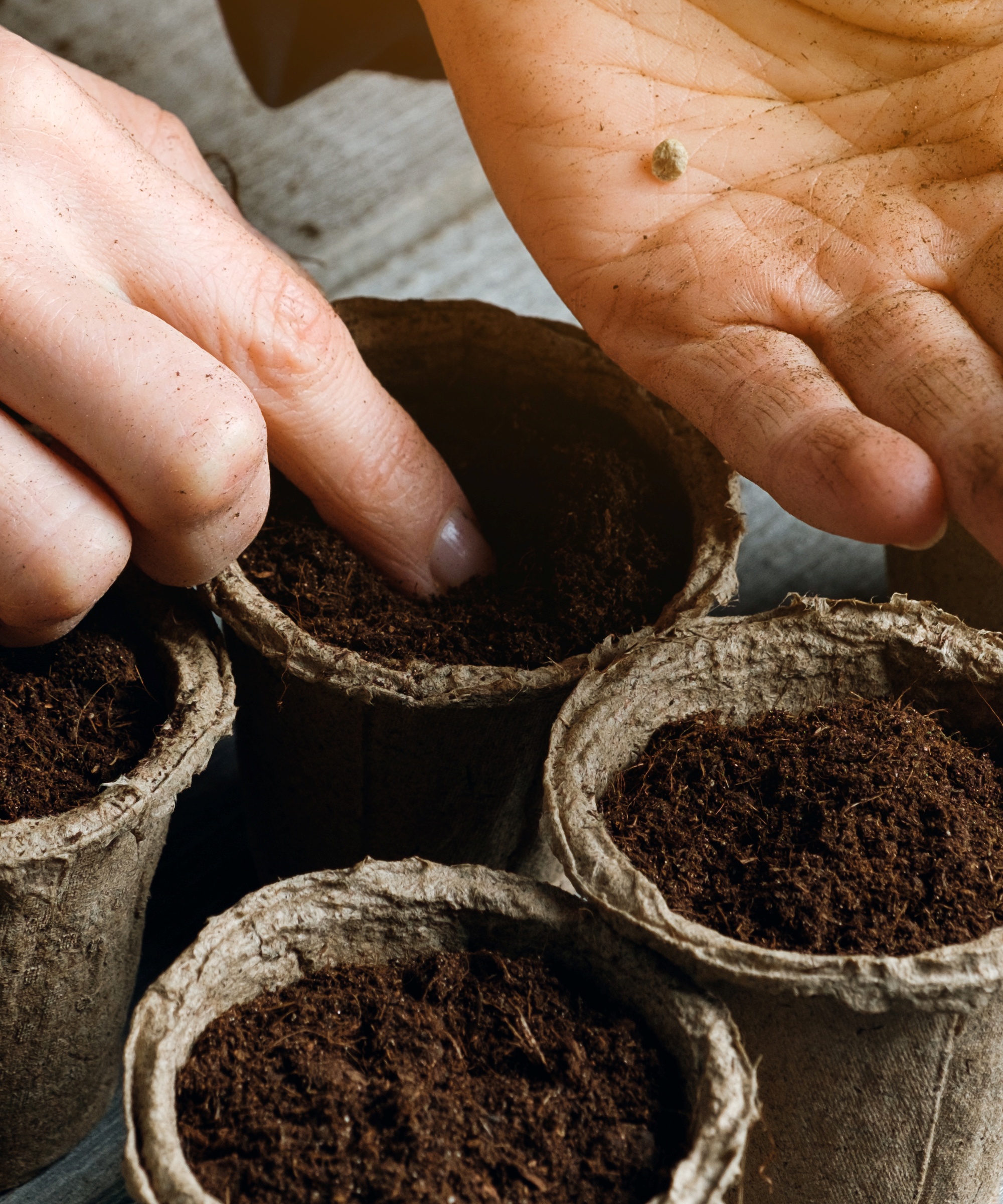
The impact of location on March sowings
Your climate can have an impact on what you sow in March, as well as if any additional equipment is needed. March can have the characteristics of either late winter or early spring, depending on your zone.
Gardeners in cold climates may still need to rely on a heated greenhouse, heated propagator, and grow lights, especially early in the month, to get strong and healthy seedlings. While those in warmer climates may even potentially be able to start sowing outdoors in March, as the soil warms up in spring.
To help you germinate seeds successfully, always refer to the seed packets for the recommended sowing dates and temperatures for each particular plant.
A set of module trays, with matching outer trays and humidity domes, along with two seedling heat mats - an ideal set-up for starting off seeds indoors
1. Celosia
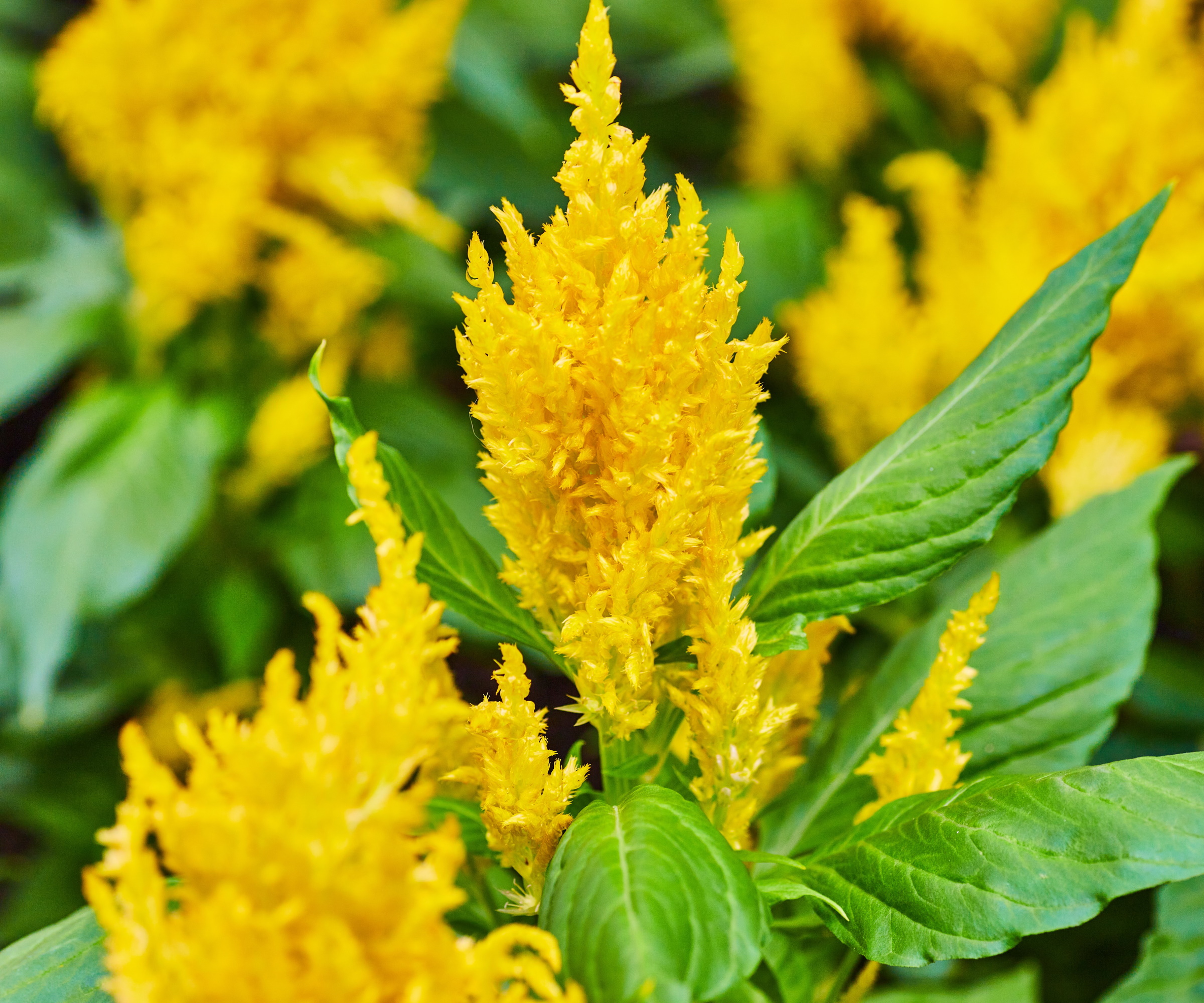
Celosia are vivid annual plants that have dazzling flower heads in colors such as bright red, orange, yellow, or pink. There are lots of varieties to choose from to add to your backyard beds or cut flower garden and can grow your own plants from seed in early spring, starting them off around six weeks before the last frost for your location.
Sow the tiny celosia seeds onto the surface of seed compost in large modules or small pots, rather than into seed trays, as celosia do not like having their roots disturbed.
Top the pots with a thin layer of vermiculite. Biodegradable pots that decompose when planted are ideal options for growing celosia from seed as that limits any disturbance from transplanting seedlings.
Celosia seeds want temperatures of 68-75°F to germinate, so you may get the best results by starting them off in a heated greenhouse or heated propagator.
You can discover a range of celosia seeds at Burpee
A pack of 120 seed starter pots that can be planted into the ground to reduce transplant shock - with a bonus 20 pack of plant labels
2. Columbine
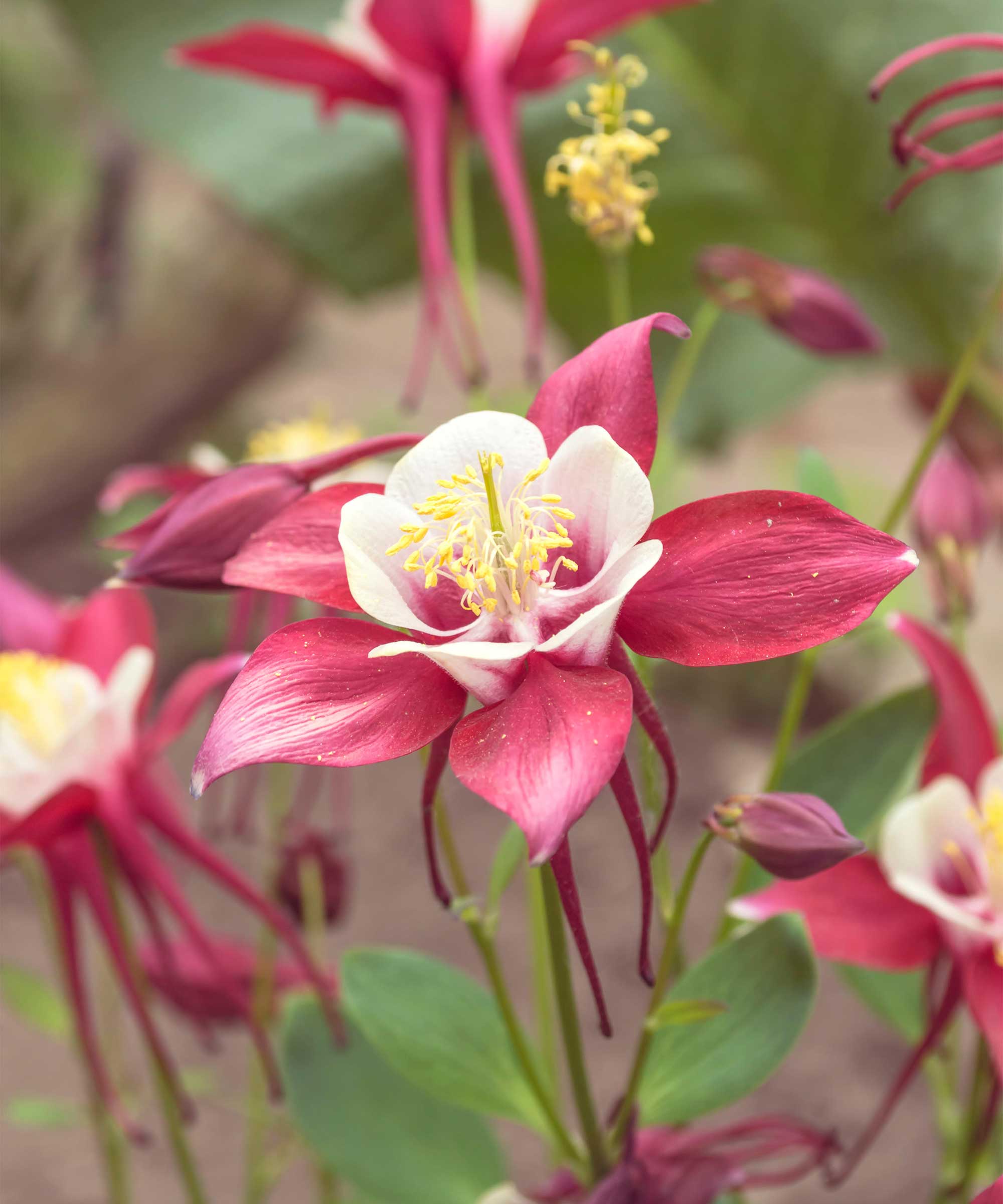
Columbine, or aquilegia, is a spring flowering perennial plant that will regrow every year to give you beautiful displays of bell-shaped flowers. They can be direct sown into the ground after the last frost of spring, or started earlier indoors. However, plants grown from seed will not bloom until their second year.
There are a couple of intricacies that you need to know when sowing columbine. The first is that seeds need a period of cold stratification prior to sowing - which can be achieved by putting them in a refrigerator for a week or two - and that you do not want to cover the seeds.
Simply push the seed into the soil but do not give it a covering of compost or vermiculite as you do when sowing many other seeds. They also do need a lot of light, so choose a bright position to start them or use grow lights to supplement the natural light.
You can see a range of columbine seeds at True Leaf Market
3. Cosmos
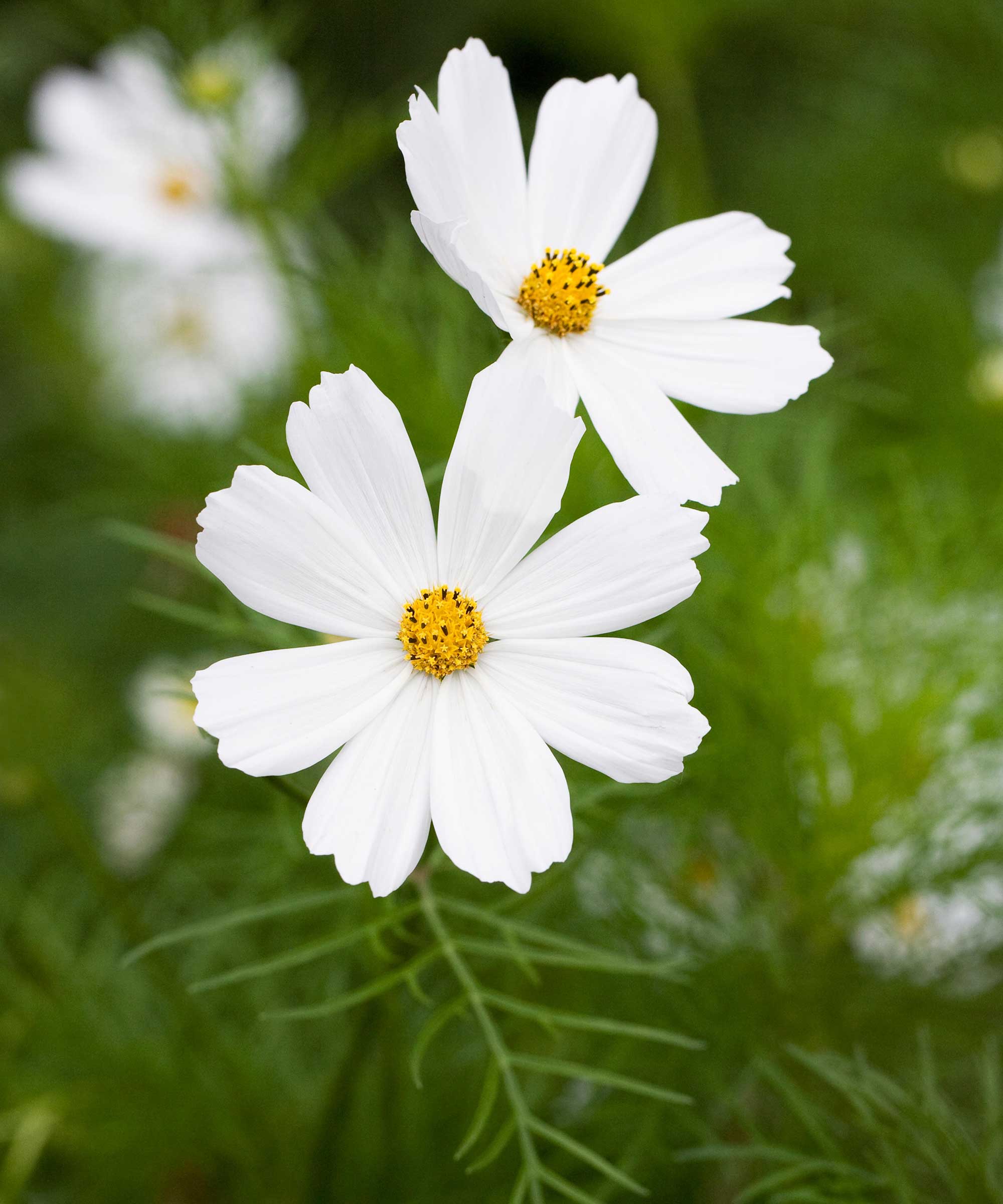
Cosmos are one of the easiest flowers to grow from seed and March is a great time to start off these popular plants and give them the longest flowering season possible.
Sowing in early spring will mean earlier blooms come summer, as cosmos can take under 100 days to go from sowing to flowering.
Cosmos seeds may look unusual as they are long and thin, but simply scatter them on top of seed trays or modules filled with a quality seed compost and then cover with a thin layer of more soil.
Germinate cosmos at temperatures of 65-75°F and keep the soil moist. A sowing in early spring can be made in a greenhouse or on a sunny windowsill.
Plants may need potting up and growing on and will be large enough to go outside, after being hardened off, once the risk of frosts has ended in mid-spring.
Cosmos come in lots of different colors to pick, or you could choose a mixed packet of seeds - such as Cosmos Sensation Mixed Colors, available at Ferry Morse.
4. Marigold
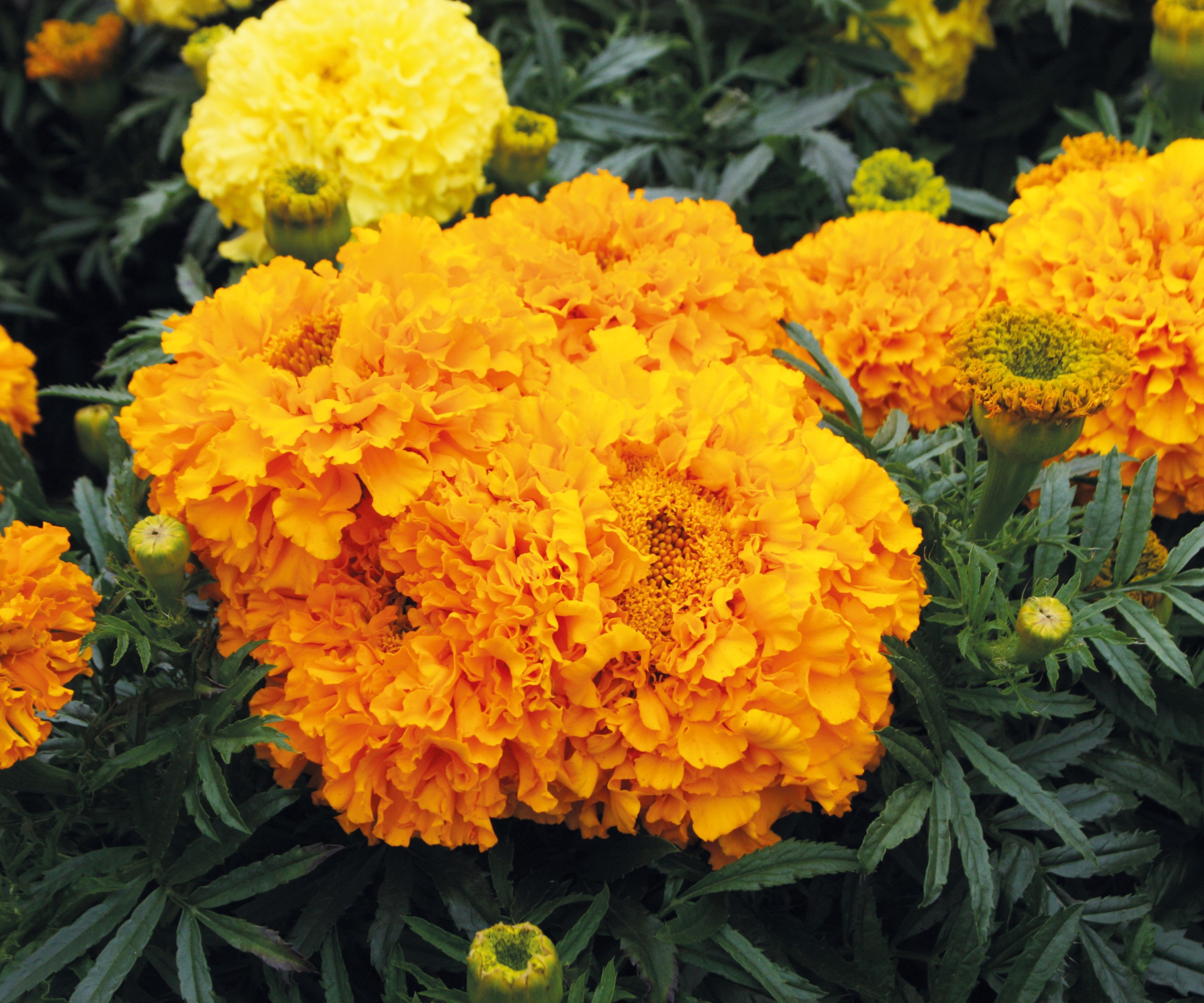
Marigolds are fantastic annual plants that are both beautiful, but also highly useful. As part of companion planting, marigolds can actually keep bugs away from other plants, including aphids and whiteflies.
Marigolds are great, and highly versatile. plants that can be used in beds and borders, raised beds, container gardens, or grown in kitchen gardens to keep pests off your edible crops.
Marigolds, also known as Tagetes, come in different types that differ in terms of size, with the African marigolds larger than the French marigolds. The seeds are long and thin and the best time to start marigold seeds indoors is 4-6 weeks before your last predicted frost.
Marigolds do tend to germinate quickly at temperatures of 70-75°F and seedlings can be pricked out into individual pots to grow indoors ready to be planted outside come mid-spring once the frosts have ended.
You can see the range of marigold seeds available at Burpee
5. Nicotiana
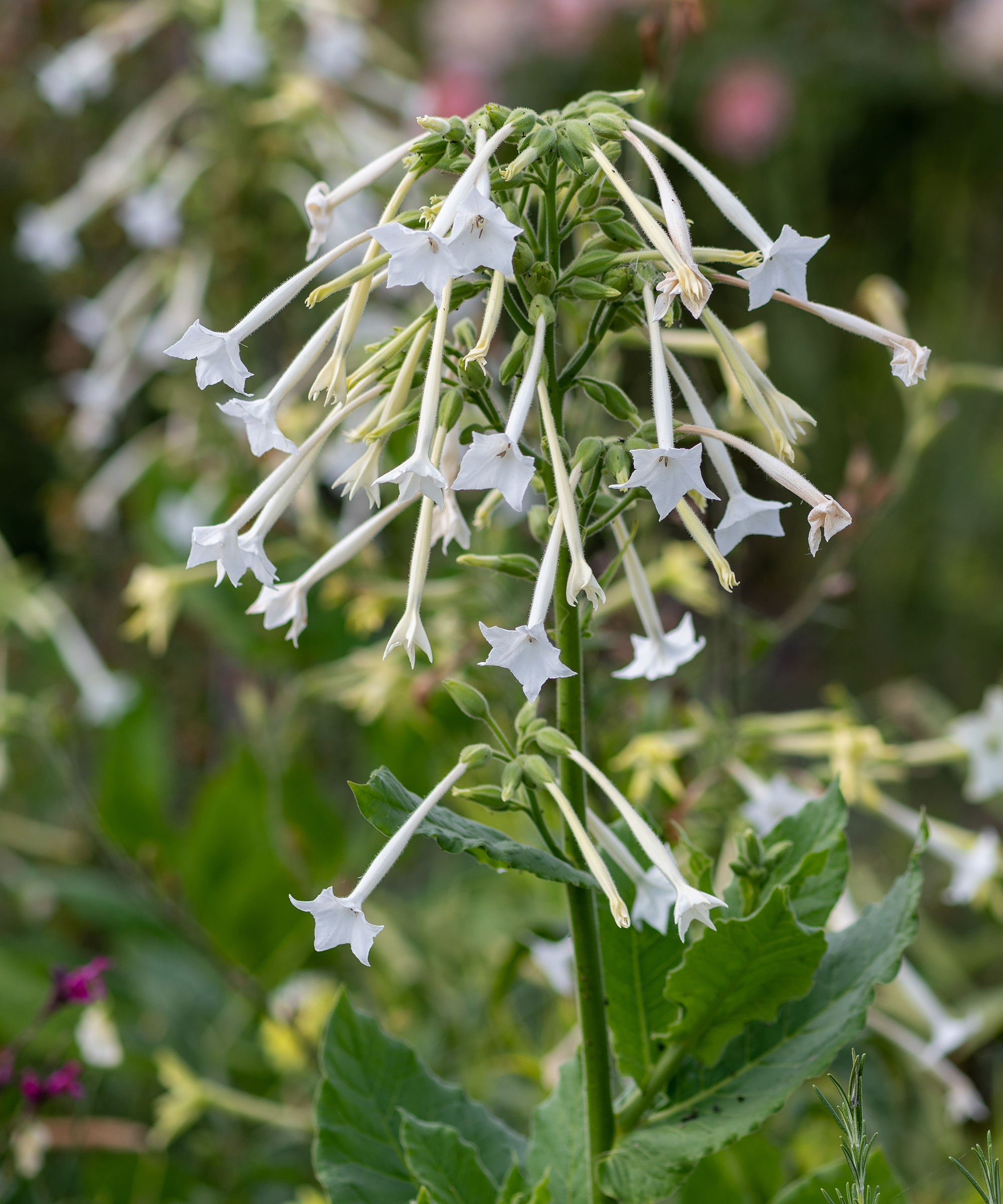
Nicotiana is a half-hardy annual that produces highly fragrant flowers that are trumpet-shaped and can come in various shades of white, pink, red, and more. The blooms are produced from summer through to fall and the flowers attract bees and other pollinators as part of a healthy and thriving wildlife garden.
A sowing of nicotiana seeds indoors in March can produce healthy plants that start blooming come early summer. The seeds themselves are very tiny and want to be sown as finely as possible on the surface of compost in trays, modules, or pots. In temperatures of 65-68°F they should germinate fairly quickly.
Prick out and pot up seedlings, or thin ones in modules or pots, so that you have one healthy young nicotiana in a module or pot ready to be planted out later in spring.
You can see the range of nicotiana seeds available at True Leaf Market
6. Sweet Pea

Sweet peas are perennial favorites among gardeners and these cottage garden classics come in a huge variety of varieties and colors. March is a great time to plant sweet peas, either indoors in colder climates or outside directly into flower beds in warmer US hardiness zones come the end of the month.
The higher temperatures and light levels in March means you do not often need additional heat and grow lights to get strong and healthy plants when starting sweet peas indoors. In March you should be able to have success sowing sweet peas in an unheated greenhouse, cold frame, or on a bright windowsill.
Soaking seeds overnight prior to sowing can help with germination and, when you sow seeds indoors, plant them in deep pots, root trainers, or cardboard toilet roll tubes - as sweet peas quickly grow a long root network. You can see the range of sweet pea seeds at True Leaf Market
@homesandgardensofficial ♬ Love Therapy - Glow City
7. Zinnia
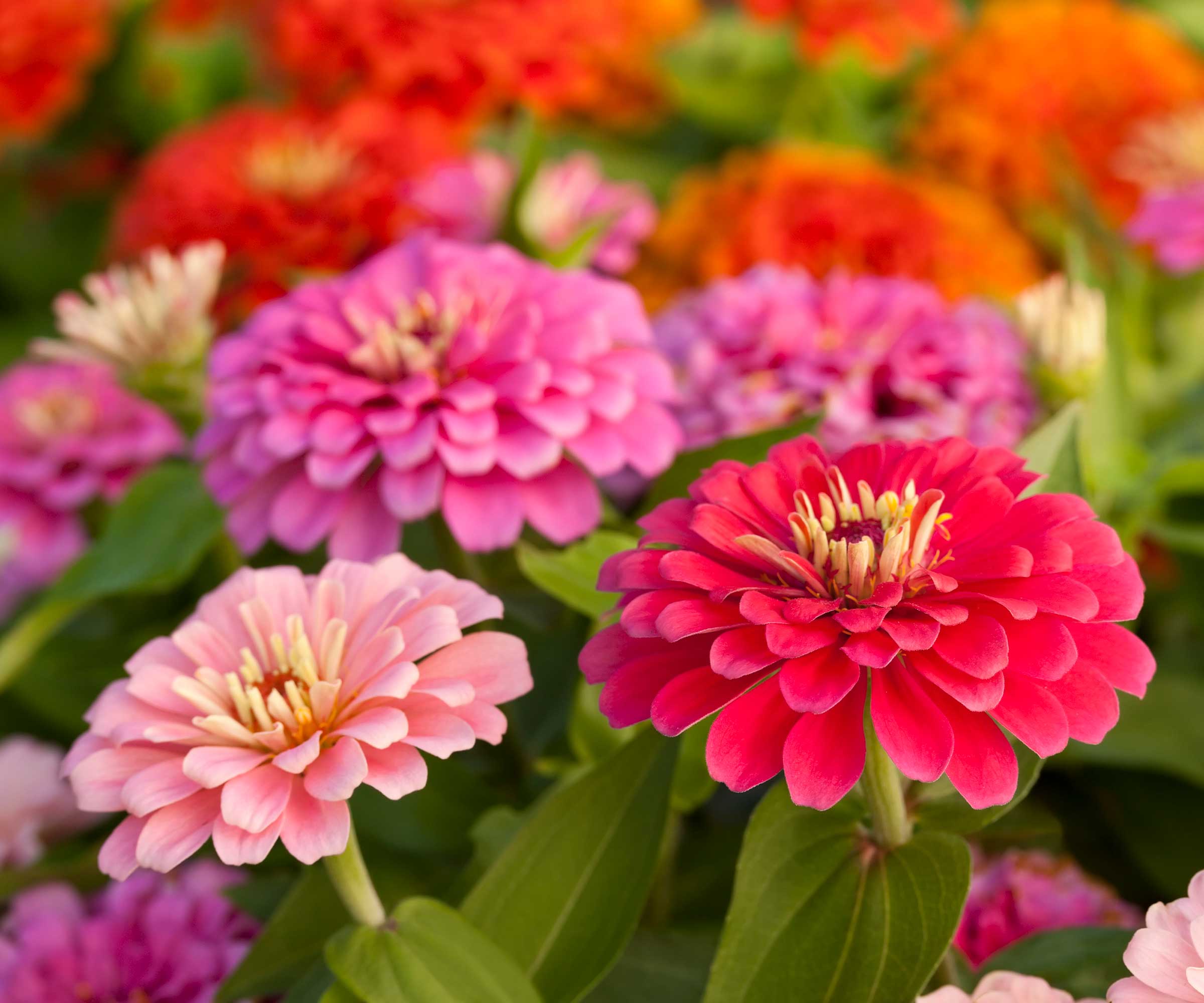
Zinnias are colorful additions to any backyard ideas and there are many different varieties to choose from. The flowers can be single, double, globe, or cactus-shaped, among many forms zinnia blooms can take, and different types can range in height from compact forms to tall zinnia that reach several feet in the air.
You can plant zinnia seeds from March onwards in a heated greenhouse or heated propagator. The best time to start them off will depend on your climate, as zinnias highly dislike the cold so do not want to be planted outside until the temperature rises - especially nighttime temperatures.
Try not to make the seed sowing mistake of starting them off indoors too early and risk them being rootbound by the time to plant them outside comes around.
Zinnias are another flower that does not like root disturbance, so sow them into large modules, individual pots, compost pellets, or biodegradable pots to limit disturbing them when planting.
A packet of 'State Fair' zinnia seeds that produce huge, four-to-six-inch blooms in a blend of bright and radiant colors
FAQs
Can I plant tulips and daffodils in March?
It is too late to plant spring bulbs and expect a display of blooms this year. However, if daffodils or tulips are planted in spring then they could potentially flower next year. Providing the bulbs have survived winter in a good condition and are not soft, for example, it may be more worthwhile planting them and hoping they perform next spring than simply throwing any leftover bulbs out into the trash.
Growing annual flowers from seed is a really enjoyable experience and the likes of sweet peas, marigolds, and cosmos can be some of the best plants for beginners to grow.
Annuals can add color and lift any backyard without breaking the bank. You can even store seeds you didn't sow this year, or collect seeds from other plants around your yard, to sow for next year’s flower displays.







